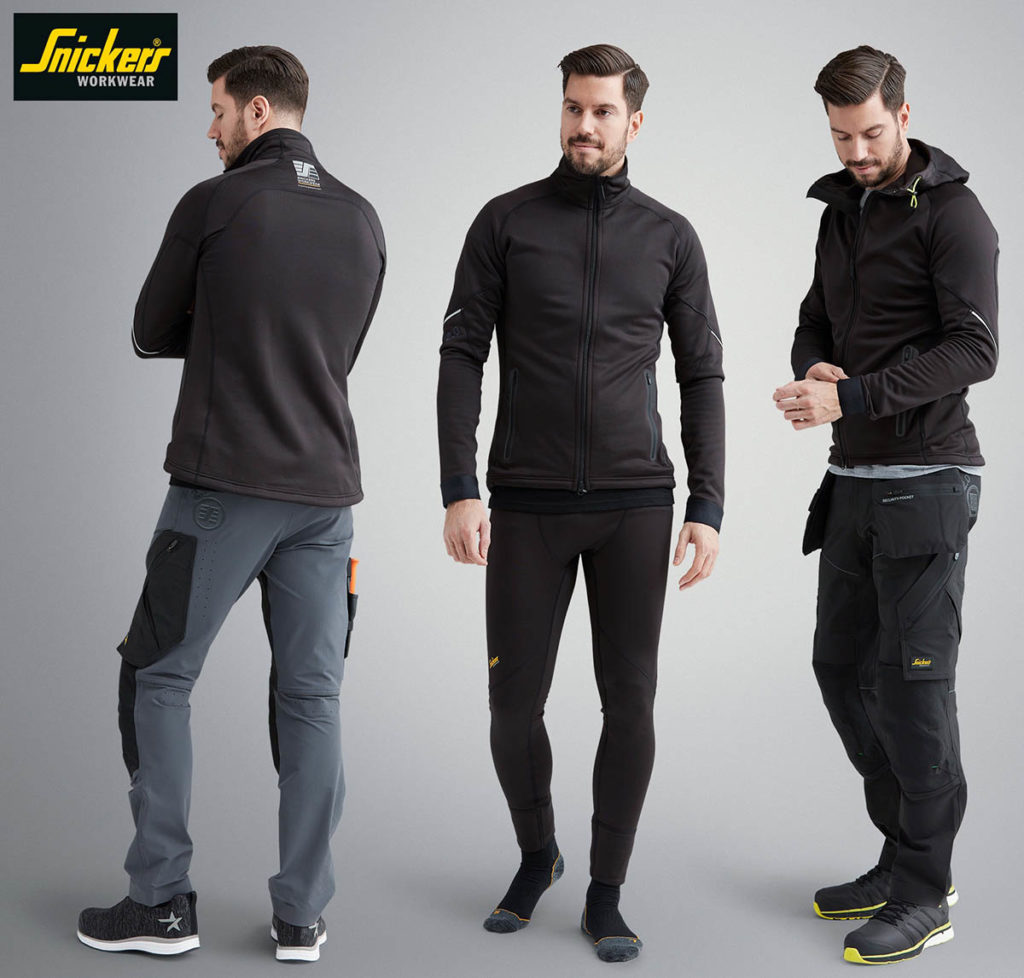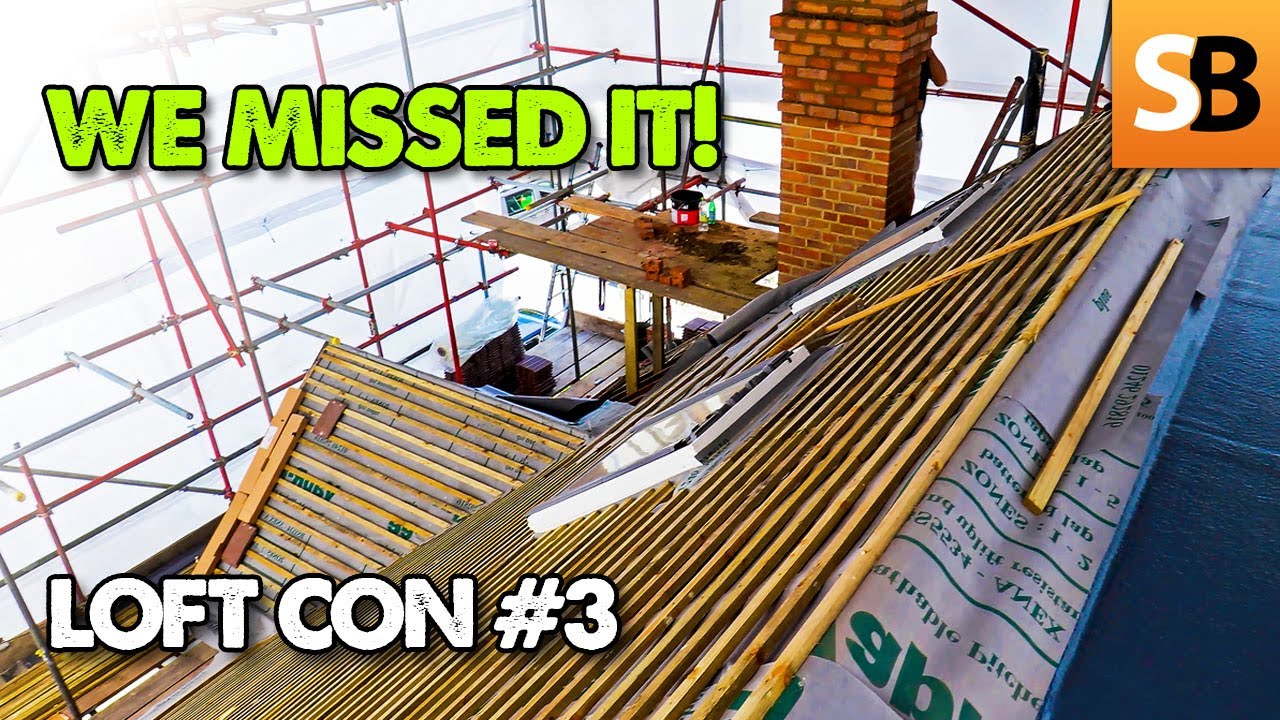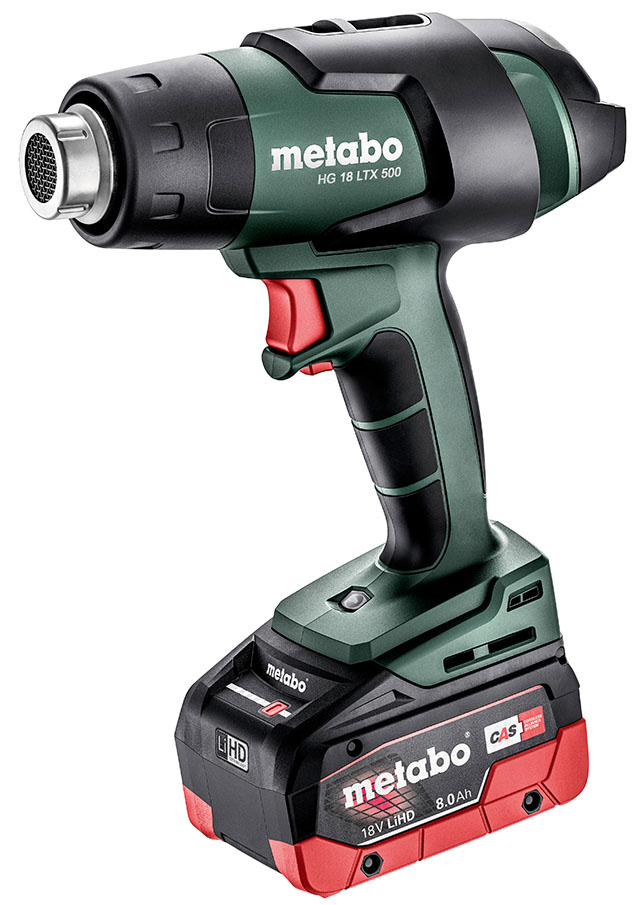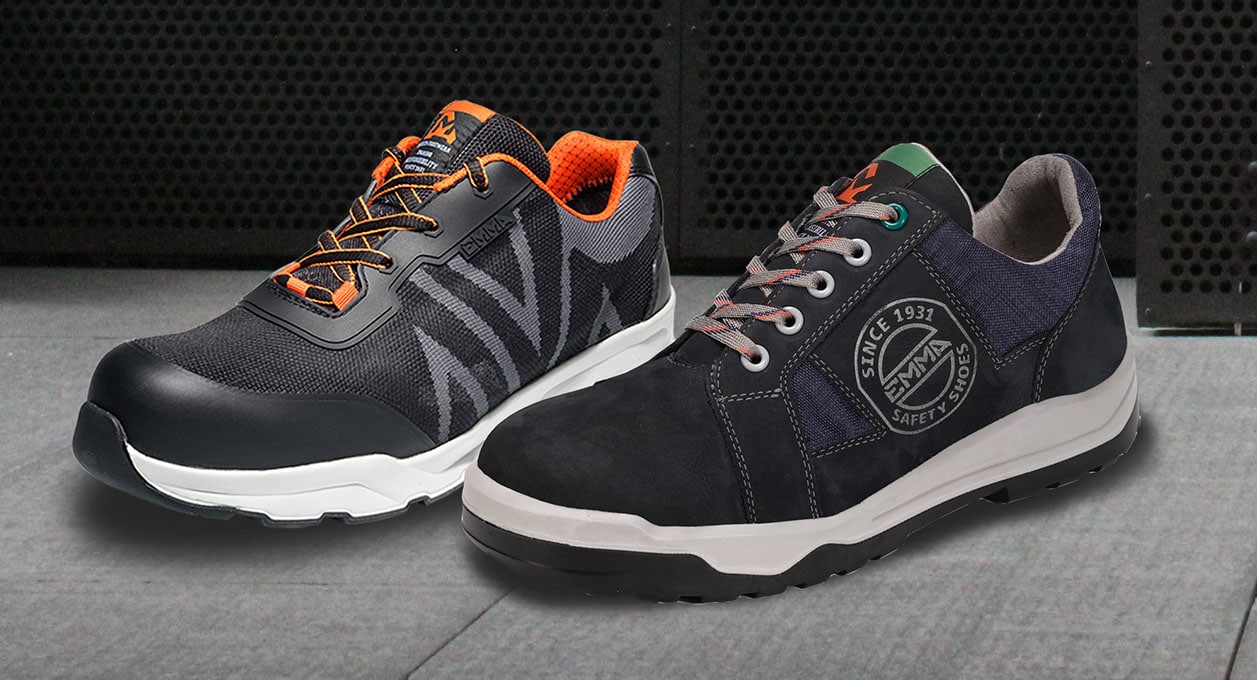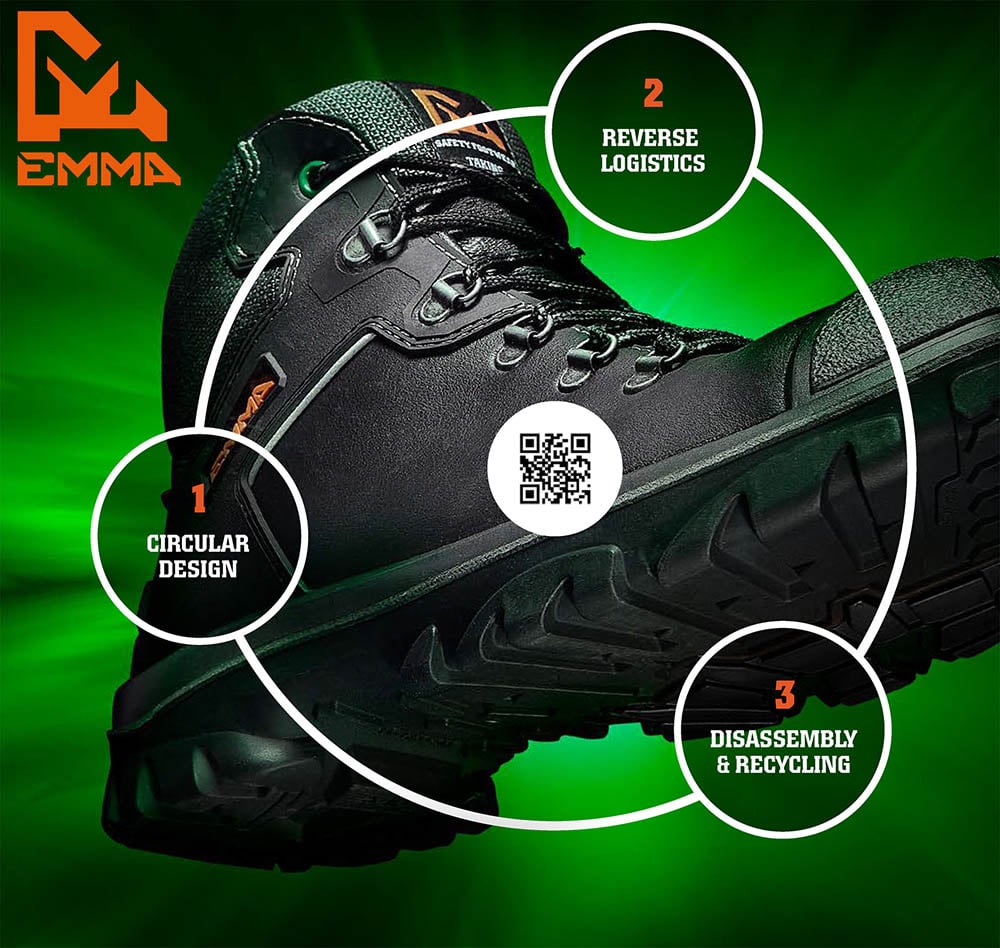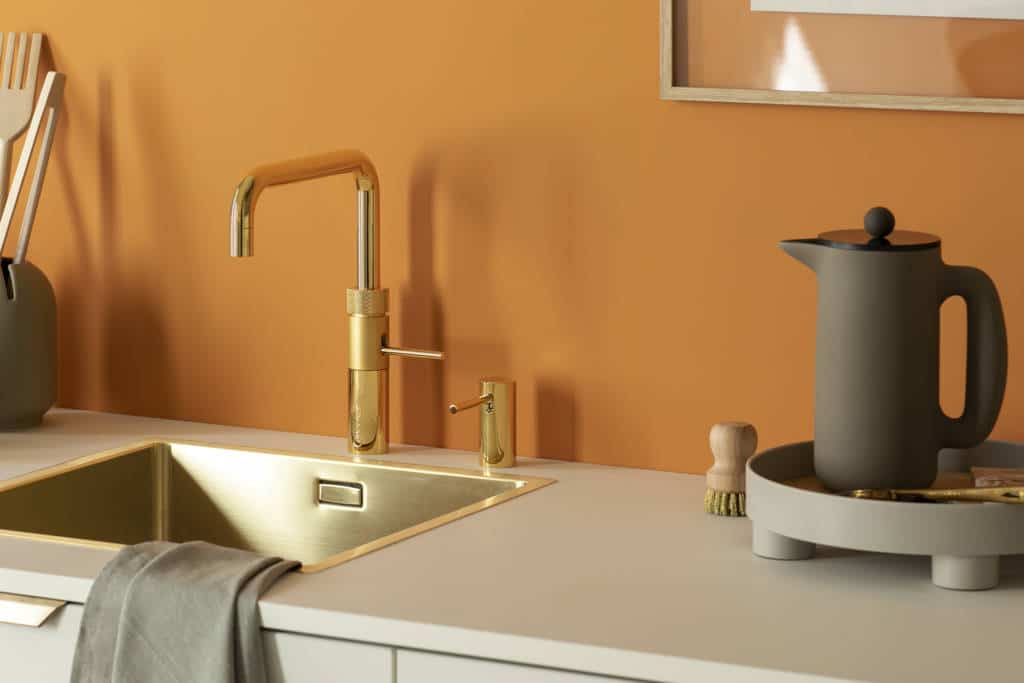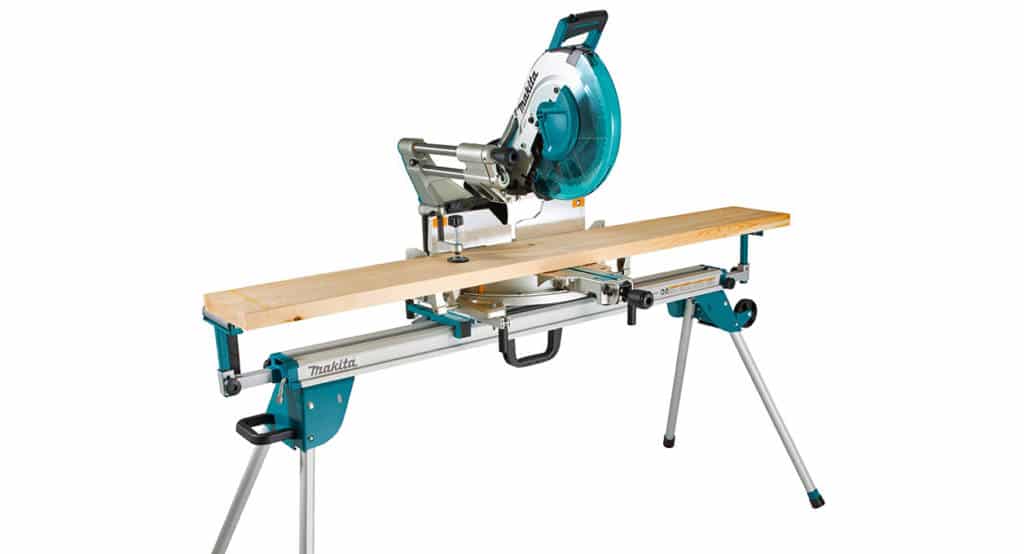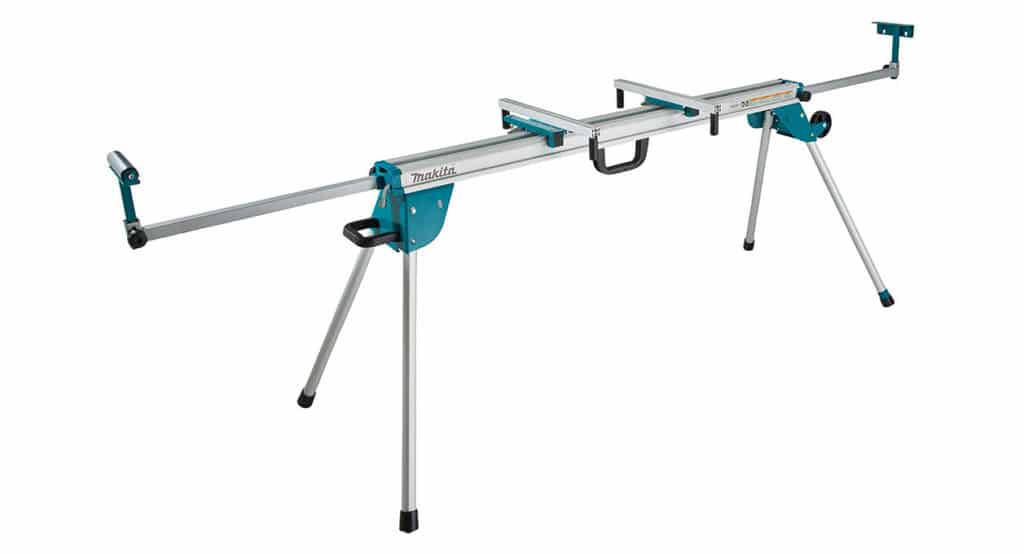When selling your house, it’s important to consider how you can add value to give your asking price a boost.
Anyone who’s ever put their house on the market knows that a quick sale at asking price is the aim of the game. Unfortunately, it’s not always the result. Taking a bit of care with your home can really increase its value before you try to sell it. In fact, dated features and overrun gardens are known to cause reduced homebuyer offers – but these issues are so easily rectified.
Increase the Value
If you’re interested in getting your house ready to sell and want to increase your price, you need to make as many improvements as you can and make it look as attractive as possible. Smaller changes are part of home staging (see below) while bigger revamps can go a long way as long as you have the time and money to put into them. Keep reading to learn more.
Take Home Staging Seriously
Proper home staging can raise asking prices significantly and most real estate agents say it’s an essential exercise. Whether you choose to do it yourself or hire a professional is up to you. A lot of it comes down to doing basic repairs, updating appliances, adding a lick of paint or other small upgrades like:
- Cleaning the walls, especially around switches, windows and door frames
- Fitting washers to dripping taps
- Oiling squeaky hinges
- Updating security features
- Replacing mouldy bathroom or kitchen sealant
- Replacing broken light bulbs
- Removing limescale build-up on bathroom and kitchen fittings
The other part of home staging involves decluttering your home and removing personal touches – for example, replacing family photos with art – and arranging your furniture to draw attention to specific features. A deep clean, inside and out, is another basic element that’s advisable for every seller. Essentially, you’re trying to make your house look as attractive and move-in ready as possible.
The small repairs and updates will show prospective buyers that you’ve looked after your property – which will definitely have them reaching into their coffers a little faster. Honesty is very important here – don’t hide bigger issues like damp. They’re almost guaranteed to come back and haunt you later if you do.
Bigger Projects to Consider
If your budget and timeframe will allow it, these bigger projects can add thousands to the value of your home:
- Replacing doors
- Kitchen makeovers
- Adding or revamping bathrooms
- Double-glazing windows
- Opening up space
- Adding technology
- Redoing the garden
Replacing Doors
Any doors that look shabby could do with replacing, but most important of all is the front door. First impressions count – try to make your home look sharper than your neighbours’!
If you can’t afford to replace it, at least give the door a power wash and possibly a new paint job. Even small tweaks like a new house number or doorknob can have a big impact.
Kitchen Makeovers
A lot of buyers focus on the kitchen first, so make sure that room looks good. Don’t forget what was mentioned earlier about dated appliances, and make sure the ones on display are relatively current.
Adding a few cupboards or shelves to create more storage space and applying a new coat of paint are also good ways of making over the space if you can’t afford to go all-out with a total revamp.
Adding or Updating Bathrooms
Like kitchens, homebuyers are often willing to pay more to save themselves the hassle of having to work on bathrooms in their own time. Re-grouting and replacing taps and shower curtains, preferably with more modern glass doors, are all easy fixes.
It’s worth noting that as per a Propertymark study, 29% of the homes sold in the United Kingdom in 2019 had a whole new bathroom fitted.
Double-Glazing Windows
Double-glazing existing windows is pretty simple and if you install any new windows during your revamps make sure they have this type of glazing too. The double-layer adds insulation, so houses are warmer and more energy efficient. Additionally, double glazing keeps the sounds of a noisy neighbourhood or busy road at bay.
Opening Up Space
Knocking inner walls down is increasingly popular, allowing bigger and airier kitchen/dining rooms or kitchen/living rooms that feel more modern and sociable. If you’re opening up space, consider changing the lighting scheme to make the atmosphere cosier or the room seem larger – which can both be more appealing to viewers.
Adding Technology
Technology, in this case, means smart homes and houses that use tech to be more energy efficient. The energy-efficient side of things can be as simple as having a geyser on a timer or a cat flap that has a self-sealing function, or as complicated as an eco-friendly air-filtering system. Smart home technology systems like Amazon Alexa or Google Assist and specific smart devices will appeal to savvy buyers.
For example, multi-room music platforms, light bulb intensity controllers or technology that can tell you when your grill is at the perfect temperature all make a big impact. You’ll seem ahead of the curve as per the aforementioned Propertymark study, only 2% of British homes sold in 2019 were fitted with smart technology. By embracing the smart home concept, research shows you could attract a cohort of younger buyers.
Redoing the Garden
At the very least you need to tidy the garden, trim the hedges and make sure the plants are looking good. If people can see themselves relaxing or entertaining in the space, they’re more likely to want to own it. Decks give a sense of bigger usable space, and shrubbery or fences can be added to increase privacy.
Additionally, don’t forget that in some areas of the country it’s very difficult to be able to park close to the front door. That makes driveway and nearby off-street parking a huge selling point. If you have the room to add that kind of space for cars it can be an inexpensive way to add a tidy sum to your original asking price.
An Investment and a Home
Striking the right note when you’re selling your house can be tricky. You need to update it so that it looks like good value to prospective buyers and you need to make sure that it looks like a place they can see themselves and their families living in. Try to view your property through strangers’ eyes when you’re getting ready to sell and ask yourself if it looks like both an investment and a home.




